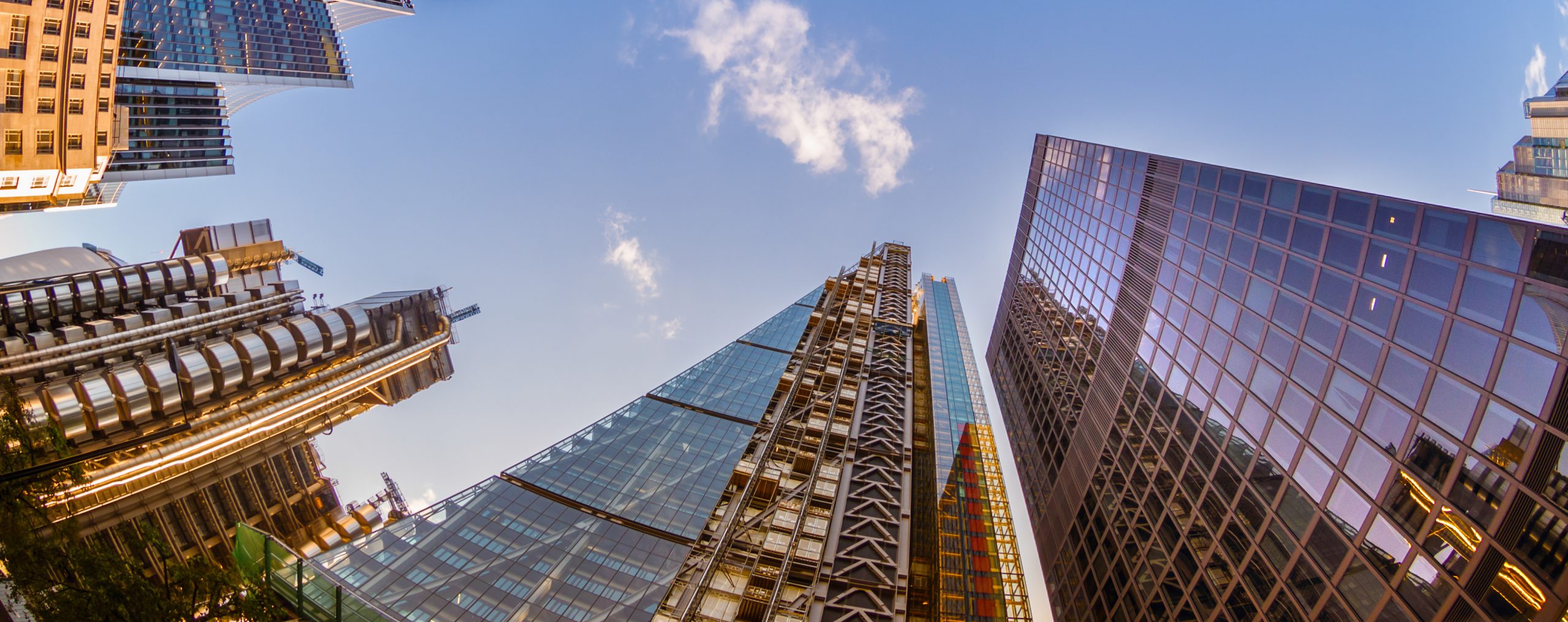Senegal Economic Outlook
West Africa’s emerging economy:
Senegal has been one of the more stable and promising economies in West Africa, with Senegalese GDP growth averaging around 5-6% over the past decade. The country has benefited from political stability, economic reforms, and strong public investment in infrastructure. The government’s "Plan Sénégal Emergent" (PSE) aims to make Senegal a middle-income country by 2035 through industrialization and modernization.
Oil and gas potential:Senegal’s economic prospects have improved significantly due to major offshore oil and gas discoveries. Production began in 2024, providing a boost to government revenues and foreign exchange reserves. However, managing this newfound resource wealth effectively will be crucial to avoiding the pitfalls of resource dependency and ensuring equitable economic benefits.
Diversified economy:Unlike many of its regional peers, Senegal has a relatively diversified economy, with strong performance in agriculture, fisheries, tourism, and services. The country has invested in special economic zones to attract manufacturing and trade. Dakar, the capital, serves as a regional financial and logistics hub, strengthening Senegal’s role in West African commerce.
Challenges and risks:Despite progress, Senegal still faces structural challenges, including high youth unemployment, inadequate infrastructure, and a reliance on imported goods. The country also remains vulnerable to external shocks, such as commodity price fluctuations and global economic slowdowns. Furthermore, the informal sector remains large, limiting tax revenues and economic efficiency.
Senegal’s economic outlook:The medium-term outlook for Senegal’s economy is positive, with growth expected to accelerate as oil and gas production ramps up. However, long-term success will depend on effective economic management, investment in human capital, and structural reforms to enhance industrialization and job creation. If properly handled, Senegal could emerge as one of West Africa’s economic powerhouses.
Senegal's Macroeconomic Analysis:
Nominal GDP of USD 31.0 billion in 2023.
GDP per capita of USD 1,729 compared to the global average of USD 10,589.
Average real GDP growth of 5.5% over the last decade.
Sector Analysis
In 2022, services accounted for 50.8% of overall GDP, manufacturing 15.4%, other industrial activity 17.4%, and agriculture 16.4%. Looking at GDP by expenditure, private consumption accounted for 55.9% of GDP in 2023, government consumption 14.7%, fixed investment 47.4%, and net exports -18.0%.International trade
In 2022, manufactured products made up 28.4% of total merchandise exports, mineral fuels 18.3%, food 27.0%, ores and metals 8.7% and agricultural raw materials 1.4%, with other categories accounting for 16.2% of the total. In the same period, manufactured products made up 45.1% of total merchandise imports, mineral fuels 31.6%, food 18.8%, ores and metals 2.6% and agricultural raw materials 1.5%, with other goods accounting for 0.4% of the total. Total exports were worth USD 6.60 billion in 2024, while total imports were USD 10.60 billion.Main Economic Indicators
Economic growthThe economy recorded average annual growth of 5.1% in the decade to 2023. To read more about GDP growth in Senegal, go to our dedicated page.
Fiscal policy
Senegal's fiscal deficit averaged 4.5% of GDP in the decade to 2022. Find out more on our dedicated page.
Unemployment
The unemployment rate averaged 4.1% in the decade to 2023. For more information on Senegal's unemployment click here.
Inflation
Inflation averaged 2.2% in the decade to 2023. Go to our Senegal inflation page for extra insight.
Monetary Policy
Senegal's monetary policy rate ended 2024 at 3.50%, up from 2.50% a decade earlier. See our Senegal monetary policy page for additional details.
Exchange Rate
From end-2014 to end-2024 the West African CFA franc weakened by 13.7% vs the U.S. dollar. For more info on the West African CFA franc, click here.
Economic situation in Senegal
GDP has expanded at some of the fastest rates globally for four consecutive quarters. GDP rose 11.8% in annual terms in Q2 (Q1: +12.2% yoy). The external sector spearheaded the expansion in Q2 as exports soared a whopping 46.9%, primarily due to the ramp-up of operations at the Greater Tortue Ahmeyim LNG terminal and the Sangomar oil field. Domestically, momentum remained solid, although public spending and fixed investment growth eased. In Q3, the pace of GDP expansion is expected to have eased as base effects hamper oil output growth—the Sangomar field came online in H2 2024. In other news, in October the IMF said Senegal had largely sorted out its issues with public debt data, an issue which had led the Fund to suspend the prior USD 1.8 billion financing package last year. A new loan is now on the cards, but investor sentiment remains shaky—an audit revealed higher-than-expected debt.Senegal Economic Forecasts
Projections out to 2035.41 indicators covered including both annual and quarterly frequencies.
Consensus Forecasts based on a panel of 12 expert analysts.
Want to get insight on the economic outlook for Senegal in the coming years? FocusEconomics collects projections out to 2035 on 41 economic indicators for Senegal from a panel of 12 analysts at the leading national, regional and global forecast institutions. These projections are then validated by our in-house team of economists and data analysts, and averaged to provide one Consensus Forecast you can rely on for each indicator. This means you avoid the risk of relying on out of date, biased or outlier forecasts. Our Consensus Forecasts can be visualized in whichever way best suits your needs, including via interactive online dashboards , direct data delivery and executive-style reports which combine analysts' projections with timely written analysis from our in-house team of economists on the latest developments in the Senegal economy. To download a sample report on the Senegal's economy, click here. To get in touch with our team for more information, fill in the form at the bottom of this page.
